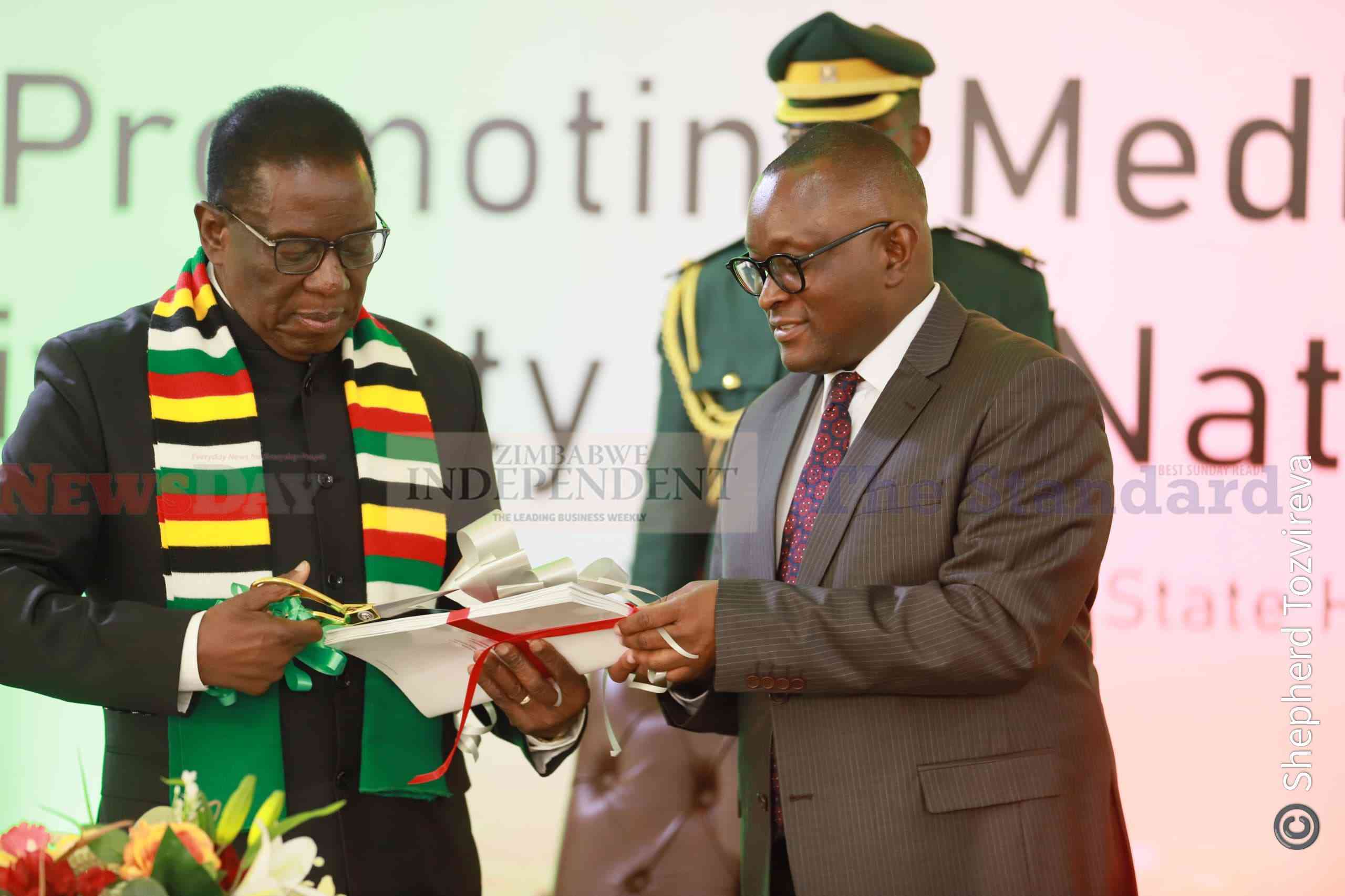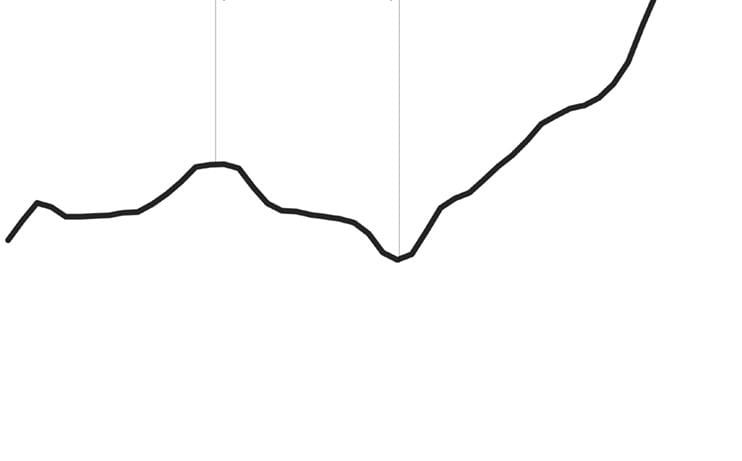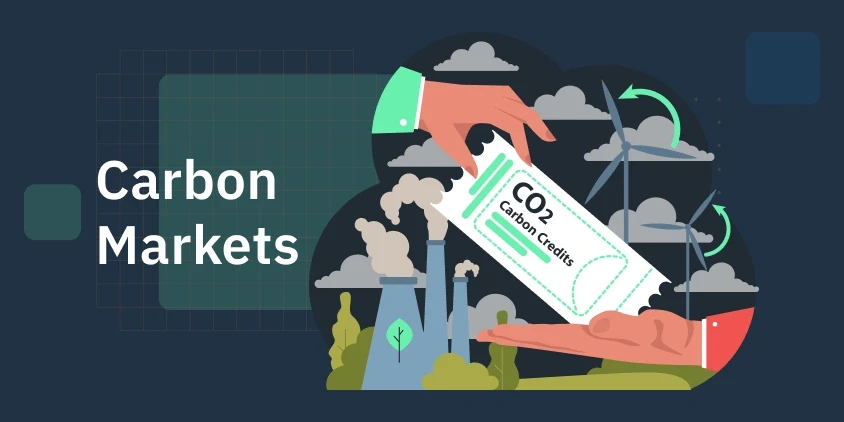
SECRETARY in the Ministry of Environment and Natural Resources Management Florence Nhekairo has said water resources in Zimbabwe were expected to dwindle, while some parts of the country could become deserts due to unfavourable climate conditions.
Report by Veneranda Langa
Nhekairo said this yesterday to legislators who were attending a Southern African Development Community parliamentarians’ climate change workshop in Harare.
“Several climate studies suggest that water resources in the country are expected to dwindle and the evergreen forests of the Eastern Highlands of Zimbabwe can be reduced to seasonal forests,” said Nhekairo.
“Southern Zimbabwe may result (sic) in desert conditions if climate change continues at current rates, and according to crop forecasts under climate change, maize yields in Zimbabwe are likely to decrease considerably.”
Nhekairo said it was clear that climate change in Zimbabwe could negatively impact on efforts to achieve sustainable development, but more studies were being carried out to come up with more evidence.
According to Nhekairo, use of fossil fuel in developed countries had led to climate change through emission of greenhouse gases, carbon dioxide, methane, and nitrous oxides that have built up in the atmosphere to form a blanket that does not allow heat to escape into space. In developing countries, climate change, she said, had been exacerbated by use in industries of coal, oil and gas, and these had contributed to greenhouse gases.
She said underdeveloped countries like Zimbabwe were vulnerable to climate change conditions.
- Chamisa under fire over US$120K donation
- Mavhunga puts DeMbare into Chibuku quarterfinals
- Pension funds bet on Cabora Bassa oilfields
- Councils defy govt fire tender directive
Keep Reading
“Increases in global temperatures are associated with undesirable climate change impacts, and devastating droughts, floods and storms seen in Zimbabwe and across the world in recent years show how vulnerable we are to climate extremes and how high the economic, human and environmental costs can be particularly in developing countries,” she said.
On the current status of climate observations, Meteorological Services Department officer Jephias Mugumbate said Zimbabwe presently had 17 automatic weather stations yet 150 were needed.
“By 2015, we are looking at installing 150 automatic weather stations because currently we have 17. These help improve weather data collection and ensure there is enough climate data. It costs about $10 000 to install one automatic weather station. Currently, we are experiencing resource constraints and shortages of skilled human resources,” said Mugumbate.
High temperatures impact negatively on environment
“Increases in global temperatures are associated with undesirable climate change impacts, and devastating droughts, floods and storms seen in Zimbabwe and across the world in recent years show how vulnerable we are to climate extremes and how high the economic, human and environmental costs can be particularly in developing countries,” Nhekairo said. “Increases in global temperatures are associated with undesirable climate change impacts, and devastating droughts, floods and storms seen in Zimbabwe and across the world in recent years show how vulnerable we are to climate extremes and how high the economic, human and environmental costs can be particularly in developing countries,” Nhekairo said.











